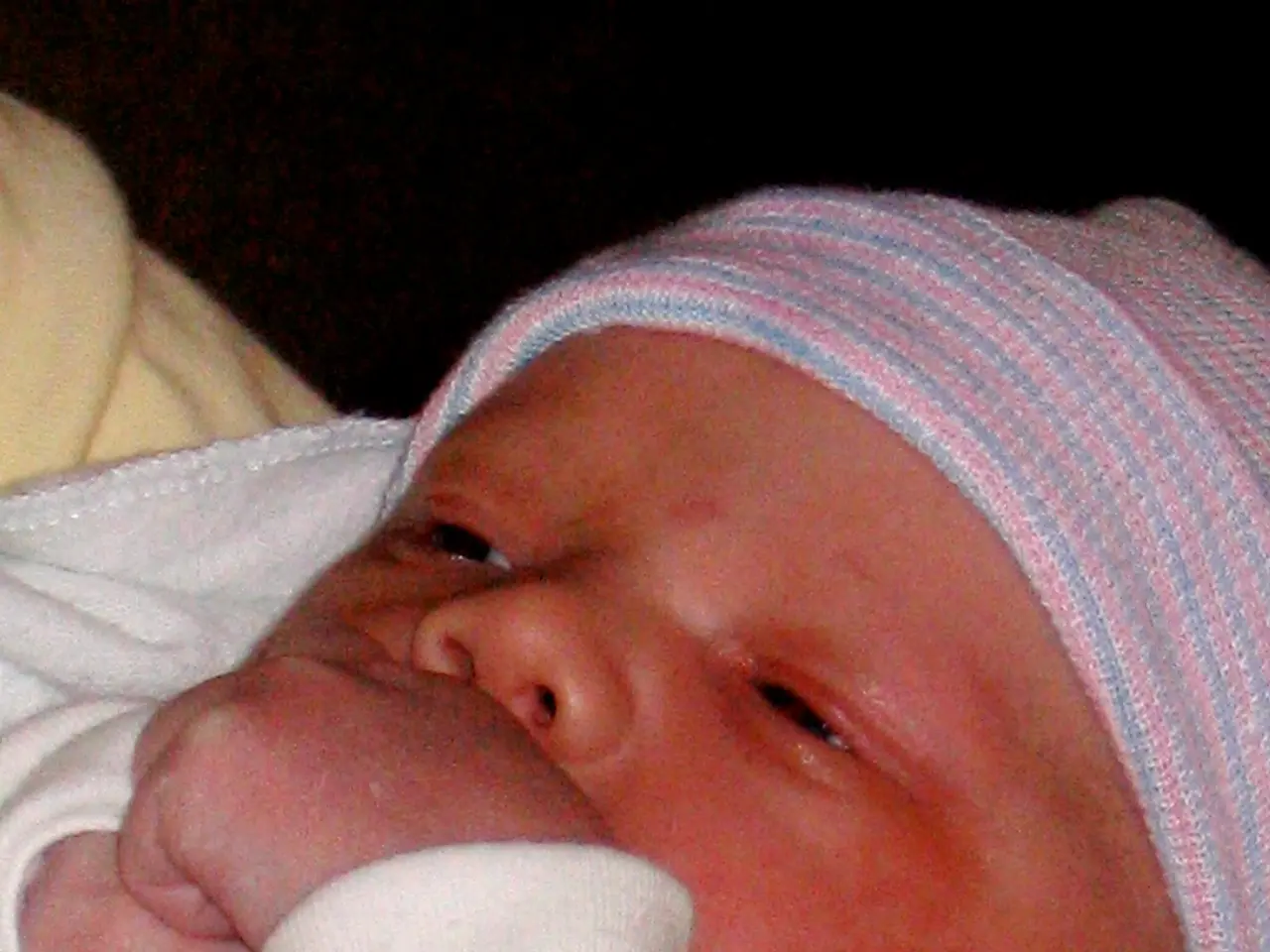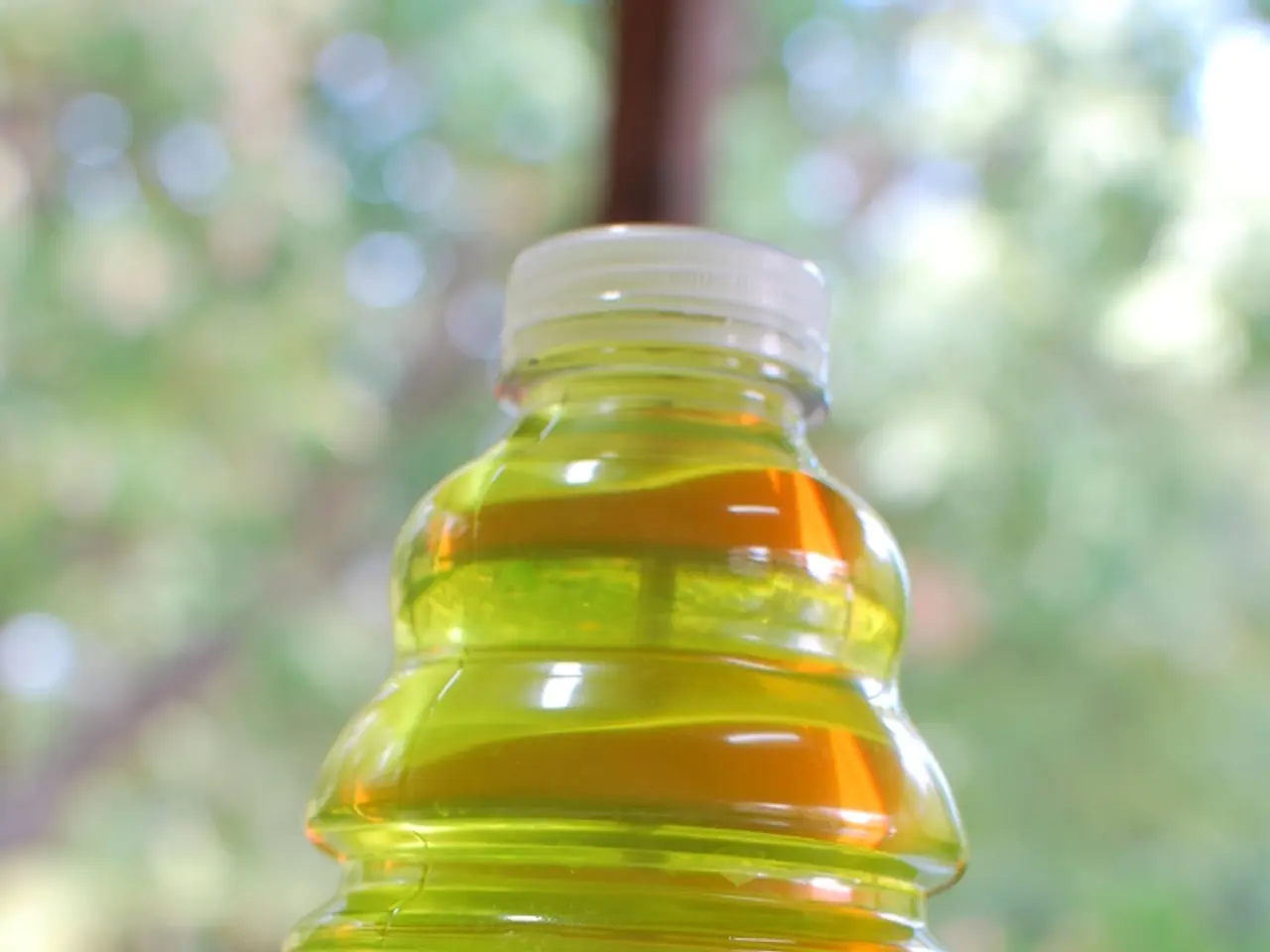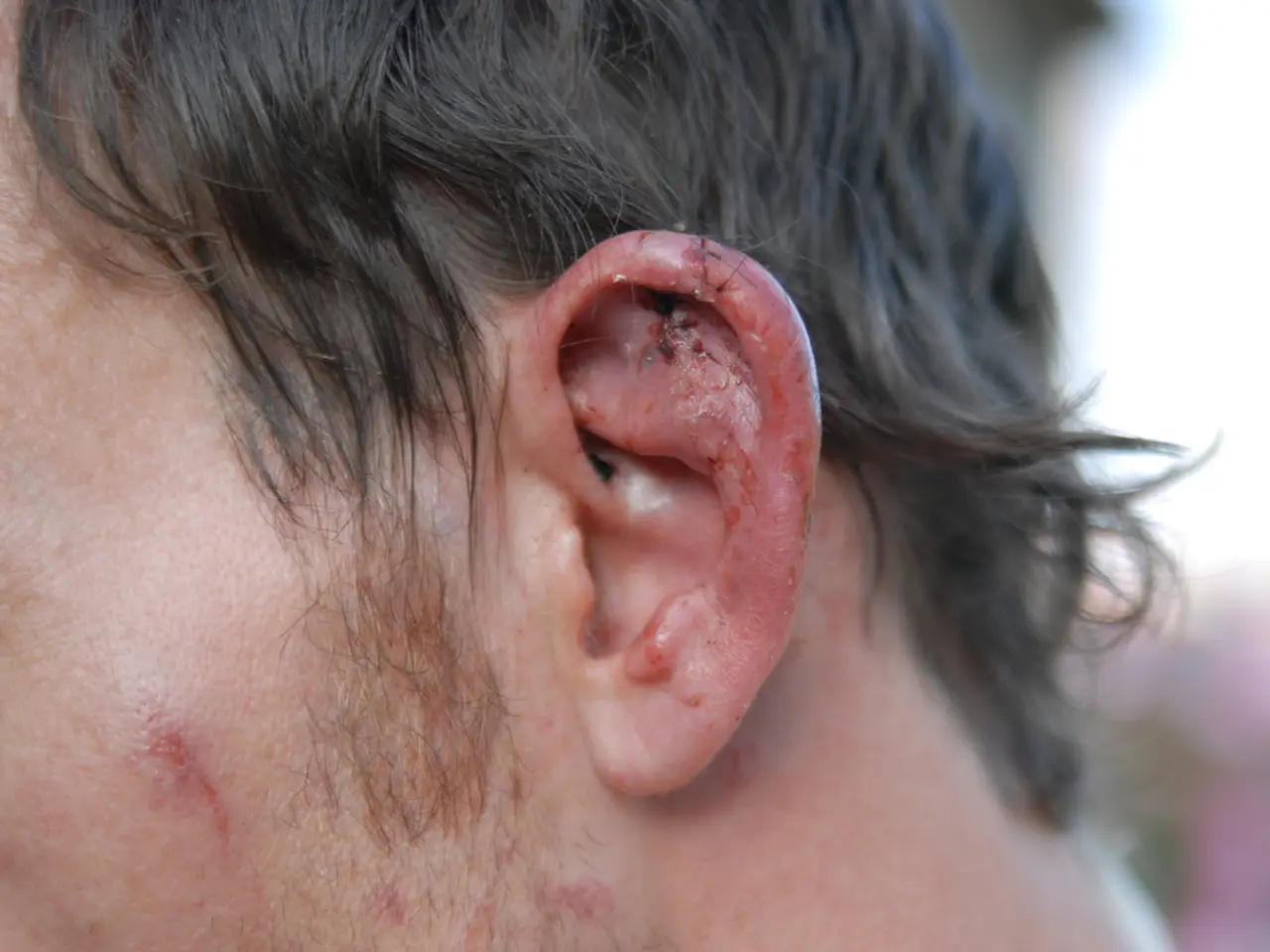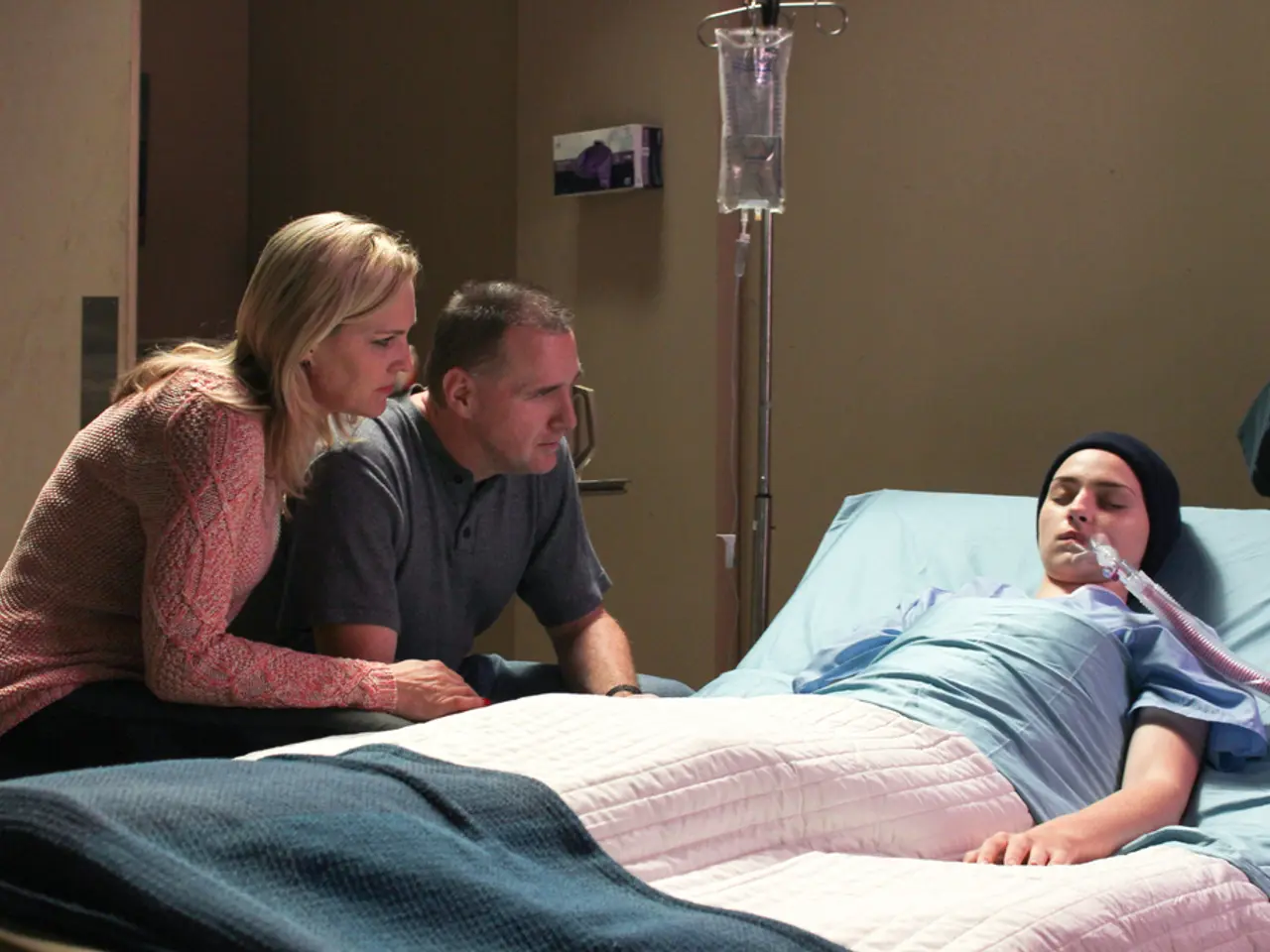Uncertain about your infant's skin condition? Learn about the diagnosis and remedies for acne or rash.
Baby acne, a common skin condition that affects around 20% of newborns before they are 6 weeks old, can often be confused with other skin conditions such as eczema, seborrheic dermatitis, milia, teething rashes, skin hives, and miliaria.
Baby acne typically appears as whiteheads or closed comedones, and some babies may also develop red pimples and mild skin inflammation. It is most commonly found on the face, neck, chest, or scalp, but can sometimes spread to other parts of the body.
Eczema, on the other hand, often looks like red, bumpy, rash-like patches on the face, especially on the cheeks, forehead, chin, and around the mouth. It causes dry, scaly, raw, or itchy skin and may develop into a bubbly rash that can leak fluid during flare-ups. Unlike acne, eczema is more associated with dry, itchy patches rather than pustules.
Seborrheic dermatitis, or cradle cap, affects the scalp but can look similar to eczema or acne-like rashes. It typically involves flaky, greasy, or yellowish scales on the scalp or face.
Milia are small, white or yellowish bumps that can appear on the nose, chin, cheeks, or forehead. They resemble tiny pimples but are not acne and tend to be harmless and temporary in newborns.
Teething rashes, when babies are teething, may develop rashes that look similar to baby acne. These rashes are usually harmless and may be accompanied by mild fever, which resolves when the tooth has erupted.
Skin hives (urticaria) can also resemble acne, particularly in cases of allergic reactions to formula milk or other allergens. These hives disappear when the allergic trigger is removed or subsides, and are usually not confined to the face, neck, and upper chest back as baby acne is.
Miliaria, or heat rash, can look like acne-like bumps due to blocked sweat glands and usually occurs in hot or humid conditions.
It is essential to consult a healthcare professional for proper diagnosis and treatment of these conditions. Over-the-counter (OTC) skin creams can help with eczema, but it is safer to talk to a doctor before using them on a baby. Corticosteroid creams may be prescribed for severe cases of eczema.
In rare cases, baby acne can become infected or leave scars. Transient neonatal pustular melanosis, a common skin condition in newborns, appearing as small pus-filled spots, is more common in newborns with black skin and usually disappears within 2 weeks, but may leave dark marks on the skin for several months.
In conclusion, baby acne is a common skin condition in newborns that can be mistaken for other skin conditions. It is crucial to consult a healthcare professional for proper diagnosis and treatment to ensure the best care for your baby's skin.
- A type of disease that affects approximately 20% of newborns before they are 6 weeks old is known as baby acne, which can often be confused with other skin conditions.
- Baby acne typically appears as whiteheads or closed comedones, and some babies may also develop red pimples and mild skin inflammation.
- It is most commonly found on the face, neck, chest, or scalp, but can sometimes spread to other parts of the body.
- Eczema, a disease characterized by red, bumpy, rash-like patches, often looks like eczema on the face, especially on the cheeks, forehead, chin, and around the mouth.
- Unlike acne, eczema is more associated with dry, itchy patches rather than pustules.
- Seborrheic dermatitis, also known as cradle cap, affects the scalp and can look similar to eczema or acne-like rashes.
- Milia are small, white or yellowish bumps that can appear on the nose, chin, cheeks, or forehead, resembling tiny pimples but not acne.
- Teething rashes, which can develop when babies are teething, may appear similar to baby acne, but are usually accompanied by a mild fever.
- Skin hives (urticaria), in cases of allergic reactions to formula milk or other allergens, can resemble acne, especially on the face.
- Miliaria, or heat rash, can look like acne-like bumps due to blocked sweat glands and usually occurs in hot or humid conditions.
- In rare cases, baby acne can become infected or leave scars, and a condition called transient neonatal pustular melanosis, featuring small pus-filled spots, is more common in newborns with black skin.
- It is essential to consult a healthcare professional for a proper diagnosis and treatment of these conditions, as OTC skin creams can help with eczema but may not be safe for babies.
- In severe cases of eczema, corticosteroid creams may be prescribed by a doctor.
- Overall, taking care of a newborn's skin is crucial, and a health-and-wellness routine for skin care should be followed, along with guidance from a caregiver in the field of science like dermatology.




